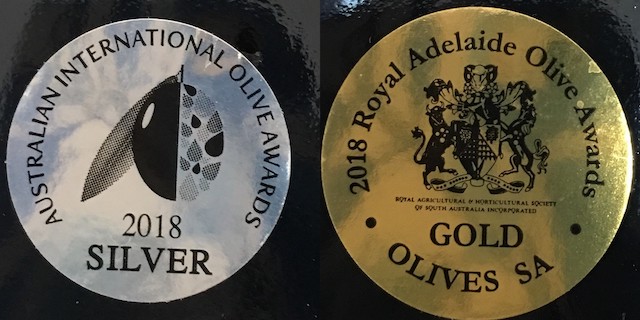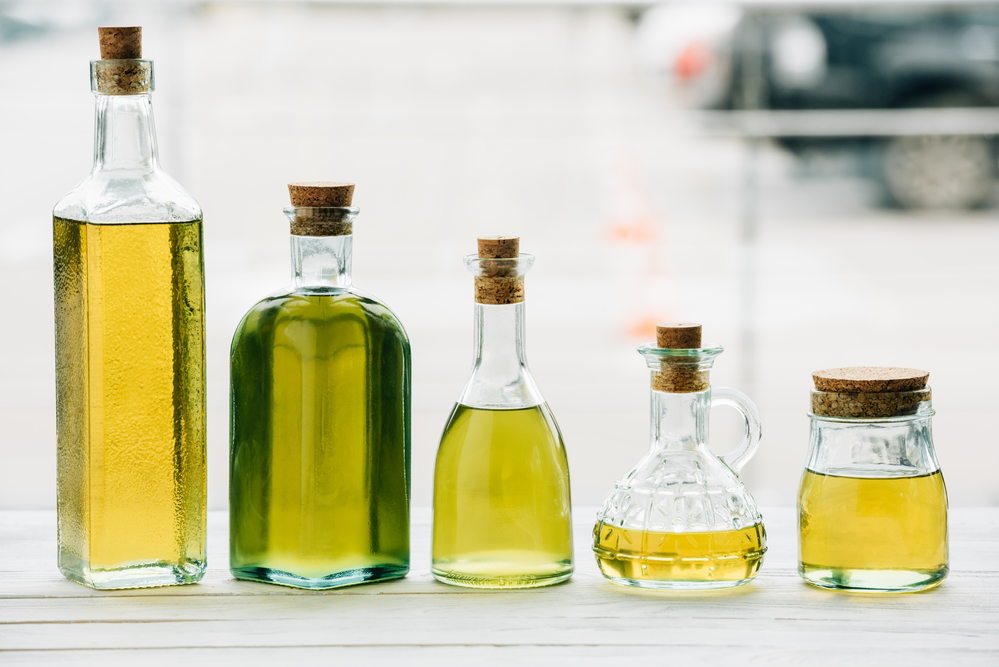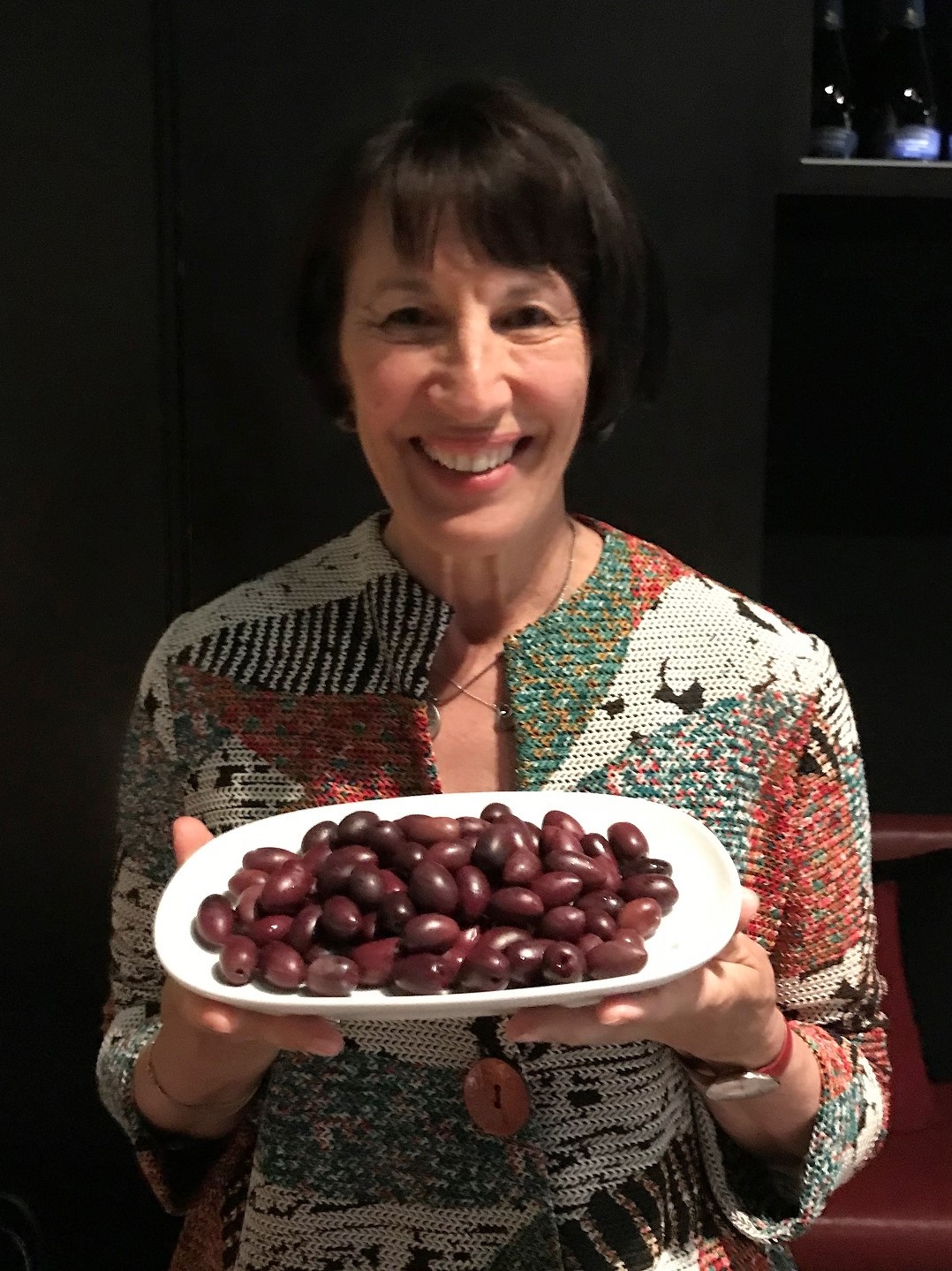- Home
- Blog
- Fats and oils
- Australian extra-virgin olive oils – some of the world’s best!
Australian extra-virgin olive oils – some of the world’s best!
Written by
on Wednesday, 06 March 2019.
Tagged: EVOO, fats, food trends, foodie, healthy cooking, healthy eating, oil, olive oil

We recently visited Rylstone Olive Press , an olive oil producer in the Central Tablelands of New South Wales. The Rylstone olive oils are award winners, not only in Australia but internationally against traditional olive growing countries like Greece, Spain and Italy. In 2013 two of their oils — the Rylstone Cudgegong and Crooked River oils — won Gold Medals and Best of Show at the inaugural world Olive Oil Show 2013 in New York!
Olive oil tasting
So how do you go about tasting an olive oil? Do you swish it round your mouth and spit it out like a good wine? Not unless you’re gluten intolerant and can’t use the bread provided. You dip small squares of bread into tiny tasting saucers of the various oils. If you’re planning to taste a range of them, then it’s best to start with the mildest and work your way through to the most robust.
The Rylstone oils
There are six Rylstone oils including an Organic oil, a Limited Edition oil, the Cudgegong, the Crooked River and two oils blended with extra virgin olive oils from other regions. The descriptions of the oils use a similar vocabulary to that of the wine producers. You’ll hear words like ‘fruity’, ‘herbaceous’ and ‘pepper’; as well as phrases like ‘soft, sweet melon fruit notes’.
We have to admit that these esoteric descriptions were above our ability to discern but we did enjoy all of the oils and settled on a bottle each of the Cudgegong and Crooked River to bring home. These oils are expensive at $25 per 500ml, but if you are frequent user of olive oil then a 3L can for $75 is a more economical option.

The Crooked River is a really mild oil and useful when you have foods with complex flavours where you want the oil to complement rather than dominate. It won Gold at the 2018 Royal Adelaide Olive Awards.
The Cudgegong has a more pungent, peppery flavour which we really enjoyed. It won Silver at the 2018 Australian International Olive Awards.
Thanks to Munaiba Khan, retired naturopath, for writing about her tasting experience at Cudgegong oils.
Learning about extra-virgin olive oil
I had the good fortune to be invited to a lunch and olive tasting event last year to celebrate the Australian 2018 harvest. It was run by the growers and oil merchants under the banner of the Australian Olive Association (AOA).
They were singing the praises of their extra-virgin olive oils. For example, they said “Of the 145 medals awarded in this year’s competition, 30 were gold (up from 27 in 2017), 69 were silver (69 in 2017) and 46 bronze (46 in 2017).” Huge praise indeed!

Here’s what I learned – an Industry Snapshot
- We’re now buying 2018 Australian extra virgin olive oil (EVOO) and olive products harvested from about the early-middle months of 2018. Whether you buy at supermarket shelves or farmers markets, you can buy excellent quality with some truly outstanding table olives and extra virgin olive oils.
- Spain produces about 50 per cent of the world’s olive oil. However, only about 20 per cent is the high quality EVOO grade. In contrast, in a normal year, around 90 per cent of Australia’s olive oil production is extra-virgin in classification.
- Australia exports about 20 per cent of its olive oil production, mainly to USA, China, Spain, Italy and New Zealand.
- Australians consume about 1.85 litres of olive oil per person per year. But of that, only 25 per cent comes from Australia while the remaining 75 per cent is imported.
- In 2017, 95 per cent of the olive crop was used to extract olive oil. The remaining 5 per cent went to make table olives for eating.
- The industry in Australia comprises approximately 900 growers. Only about 21 of these are considered large-scale, while a further 64 growers are medium. The vast majority are considered small and boutique – such as the oil we bought from Rylstone. Over 60 per cent of production is from a single large producer in Victoria.
My 7 tips for buying and storing
- Anything sold as ‘extra-virgin olive oil’ is the highest quality.

- Buy the freshest you can. Fresh oils have the highest polyphenol (antioxidant) levels. Unlike wine, olive oil does not get better with age.
- Look for Australian brands which are locally grown so they have least food miles.
- Extra-virgin olive oil is high in good (monounsaturated) fats and polyphenols. It’s 100 per cent natural being produced by mechanical squeezing of the olives and no chemicals added to extract more.
- Always re-seal your EVOO after use and store in a cool dark cupboard. Light, heat and oxygen are its enemies.
- Ideally use it within three months of opening.
- Watch out for a new certification scheme called OliveCare® . This way, you can be confident that the olive oil in the bottle is what it says on the label. In the meantime, use my 7 tips to buy well.
Don’t forget that you can cook with extra-virgin olive oil which has a high smoke point – higher than what you reach during normal frying temperatures at home.
The bottom line
We produce some of the of world’s best olive oils so why not buy local, support our olive oil industry, reduce the food miles in your kitchen and enjoy some really spectacular, Award Winning Extra Virgin Olive Oils?
You may also be interested in...
References / External articles
Foodwatch
The Good Stuff
The Boring Stuff
© 2025 Foodwatch Australia. All rights reserved
Website by Joomstore eCommerce





